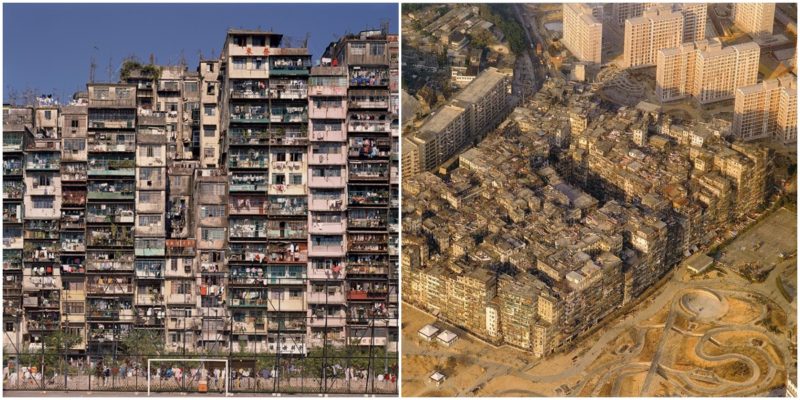Inside Hong Kong, in Kowloon City, there was a settlement known as Kowloon Walled City.
The settlement being largely ungoverned, was also the most densely populated in the world with around 50,000 people crammed into only a couple of blocks of buildings.
It was constructed almost entirely without consultation with an urban planner, which is precisely what makes this settlement so fascinating: the atmosphere of perfect architectural chaos.
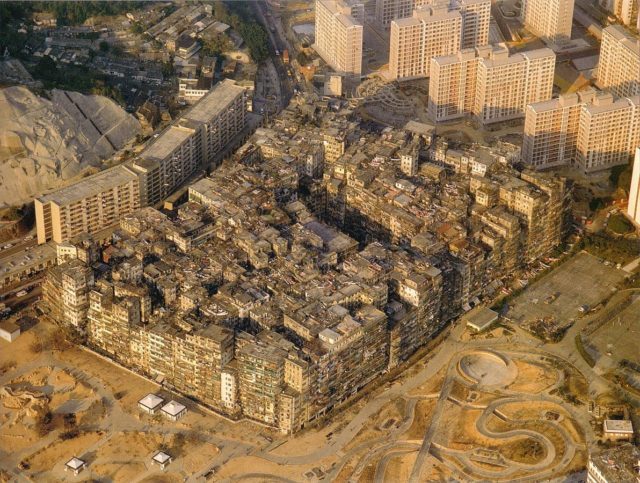
With its chaotic nature, the Walled City became a hideout for criminal activity, which eventually led to its end as a neighborhood.
The origins of the Walled City were as an outpost of the Song Dynasty, where its role was to manage and monitor the trade of salt.
This was sometime around the years of 960 and 1279 AD. About 800 years later, a small coastal fortress was built on the premises.
It started to develop as an urban settlement after the Second World War when the Japanese surrendered, leaving Hong Kong and the Walled City which they had previously occupied.
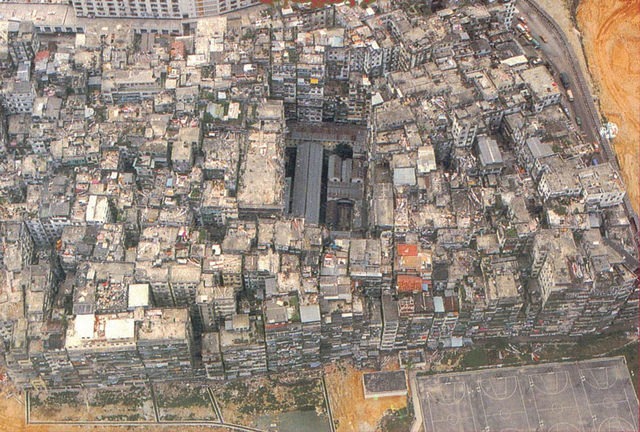
With all of Hong Kong under British command and surveillance, the Walled City became a kind of unofficial Chinese embassy inside the British enclave of Hong Kong.
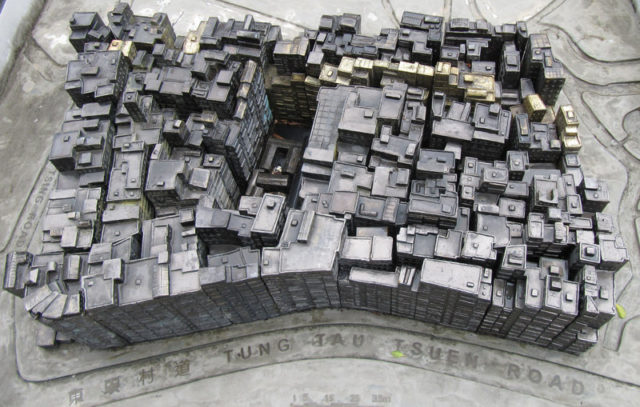
It was a place where refugees sought new homes to live, new buildings were constructed, and the population started to grow.
The British did not govern it in practice, and apart from two or three raids by the Hong Kong police, the city was completely under its own rules. After a while, the Walled City became a capital of organized crime syndicates known as the Triads.
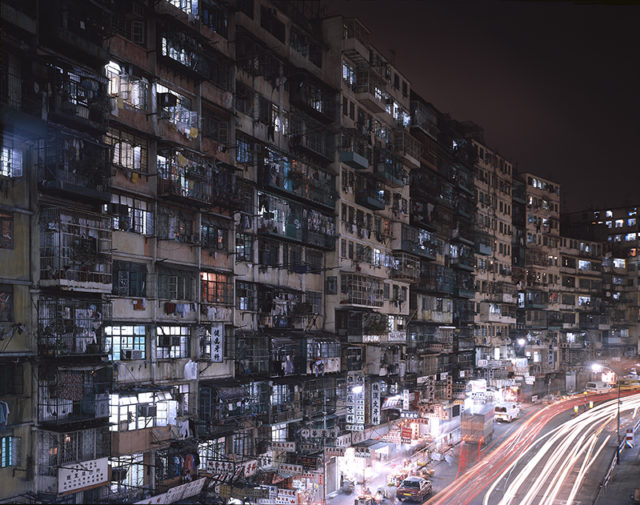
There is no better way to describe the atmosphere of the Kowloon Walled City than with the words of Leung Ping-kwan, a well-known Hong Kong poet, novelist, essayist, scholar, important cultural figure of the city, and recipient of the Hong Kong Medal of Honor.
In his book City of Darkness, he wrote the following: “Here, prostitutes installed themselves on one side of the street while a priest preached and handed out powdered milk to the poor on the other; social workers gave guidance while drug addicts squatted under the stairs getting high; what were children’s games centers by day became strip-show venues by night.
It was a very complex place, difficult to generalize about, a place that seemed frightening but where most people continued to lead normal lives. A place just like the rest of Hong Kong.” Leung Ping-kwan – City of Darkness, p. 120
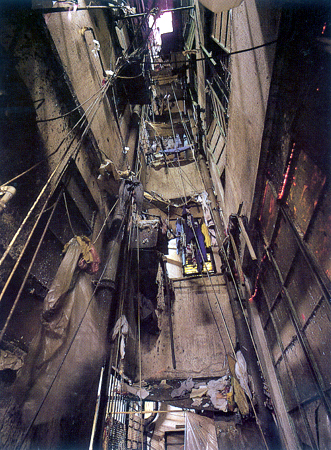
Kowloon Walled City was a modern, human-made maze of concrete, wires, pipes, mismatched windows, inadequate drainage, caged terraces, sketchy metal bridges and short narrow alleyways.
One could walk all the way from one side to the other without even touching solid ground.
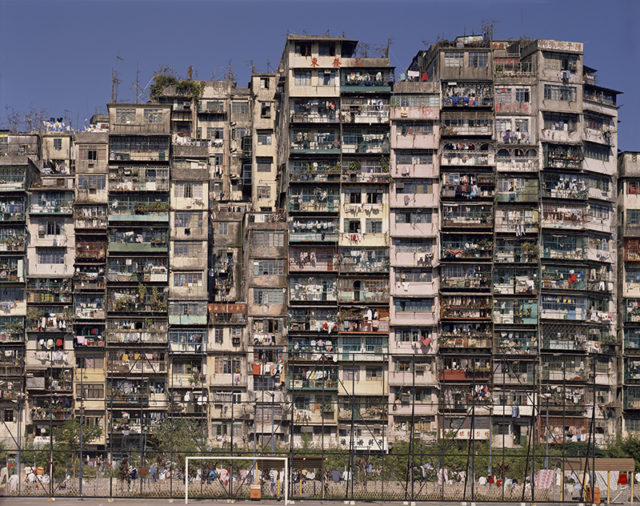
Only the center of the whole thing was an open space (yamen) where people gathered to drink tea, watch television, and socialize.
Due to the close proximity of the Kai Tak Airport, the city buildings could not exceed fourteen stories. They likely would have been built much taller if not for the restriction of the airport.
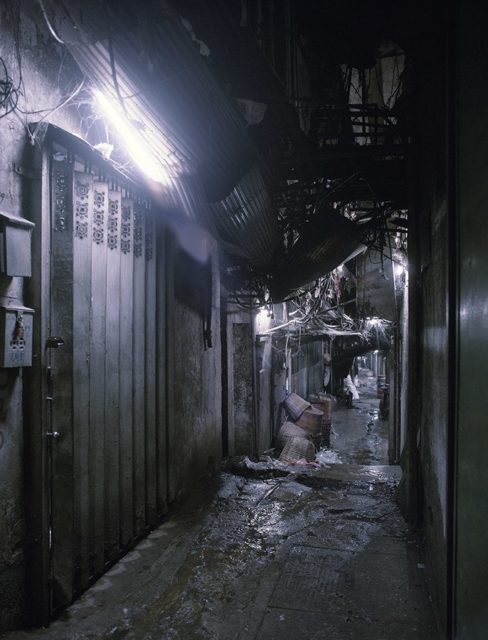
Today, most of the Kowloon Walled City has been demolished and torn down by Hong Kong officials.
They devised a plan to turn the city into a park area where the pavilions and walking paths are named after the former streets and buildings of the Walled City.
Very few of the original buildings still remain and are mostly empty. Tourist may visit them, walk on their roofs, and try to capture an understanding of what once stood there.
